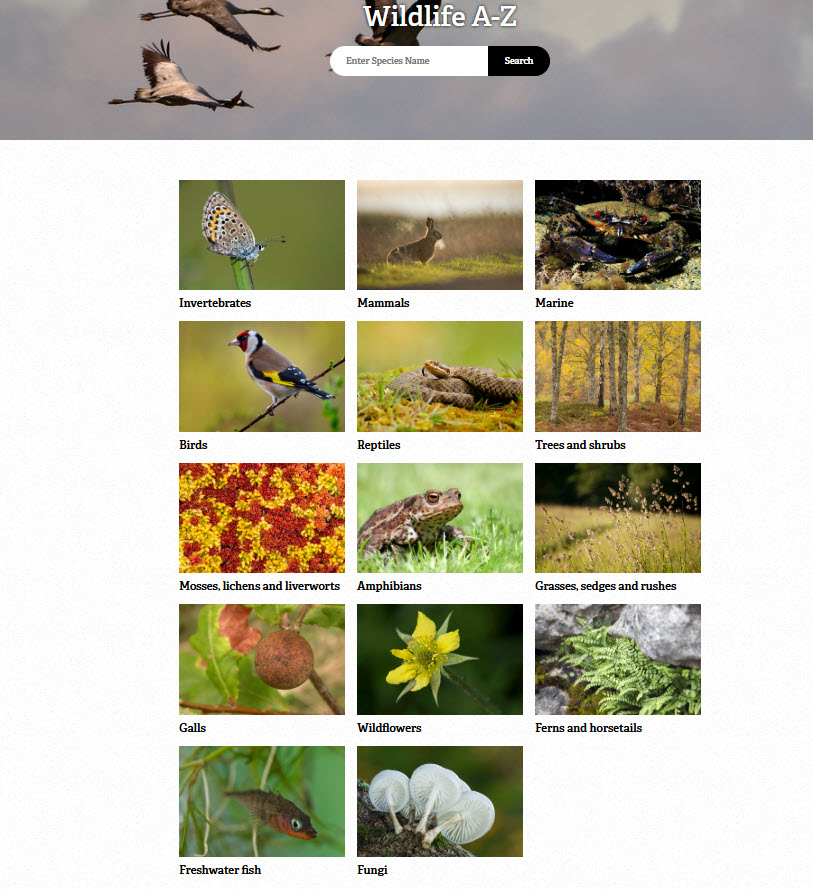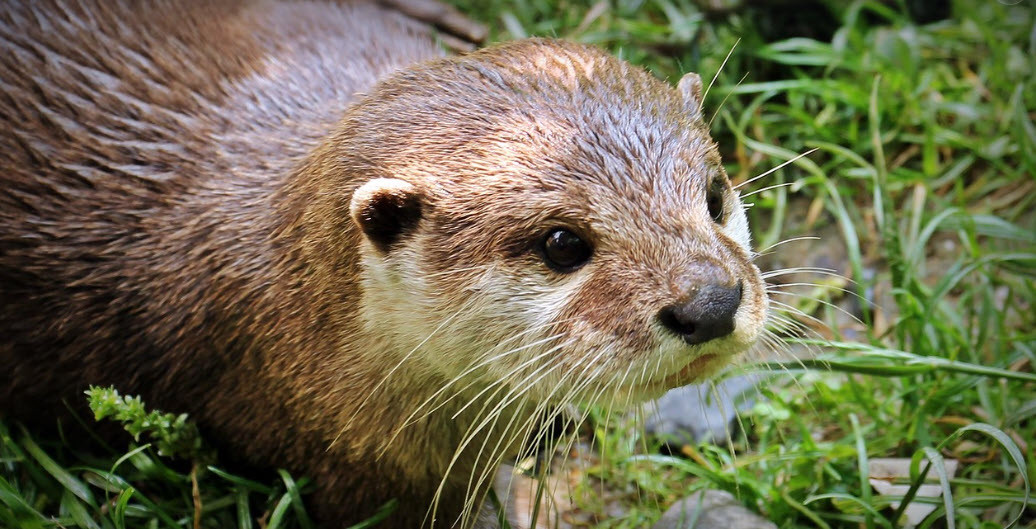The Norfolk Broads are celebrated for their exceptional biodiversity, providing a sanctuary for a wide range of rare and unique wildlife species. This picturesque landscape supports more than a quarter of Britain’s rarest wildlife, solidifying its status as one of the most ecologically significant habitats in the country.
Birdlife thrives in the Broads, with an impressive array of species making their home in the wetlands and waterways. The area is particularly notable for its invertebrate population, hosting over 230 nationally important species. Among these is the striking Swallowtail butterfly, the largest native butterfly in Britain, and the rare Norfolk Hawker dragonfly, both of which are emblematic of the region’s natural heritage.
The waterways of the Broads are also vital for aquatic species, including the critically threatened European eel, which is listed by the IUCN as facing severe population declines. The Broads remain one of the few places in the UK where this elusive species can still be found, highlighting the importance of conservation efforts in the area.
Mammals are well-represented in the Broads, with species such as the Chinese Water Deer, a smaller and more delicate relative of the native European deer, thriving in the wet, marshy landscapes. Another key resident is the Water Vole, which has suffered dramatic declines across the UK due to habitat destruction and predation by the invasive American Mink. The Broads serve as a national stronghold for this charming creature, offering a refuge where populations can recover.
The aquatic ecosystems of the Broads are teeming with life, supporting twenty-five species of freshwater fish, including eels, as well as otters that can often be seen gliding through the quiet backwaters. The diverse habitats, from reed beds and fens to open marshes, create a mosaic of environments that sustain this rich variety of wildlife.
For those eager to experience the Broads’ natural wonders firsthand, several nature reserves and walking trails provide excellent opportunities for wildlife observation. Hickling Broad, Ranworth Broad, and Strumpshaw Fen are among the most popular sites, each offering a unique glimpse into the region’s thriving flora and fauna. Whether by boat, foot, or simply sitting quietly by the water’s edge, visitors can immerse themselves in one of Britain’s most extraordinary natural landscapes.
I can’t do this article justice, as the Norfolk Wildlife Trust has a wonderful A-Z of all the wildlife to be found in the Broads.
Click on the image below to access their truly astonishing catalogue!

